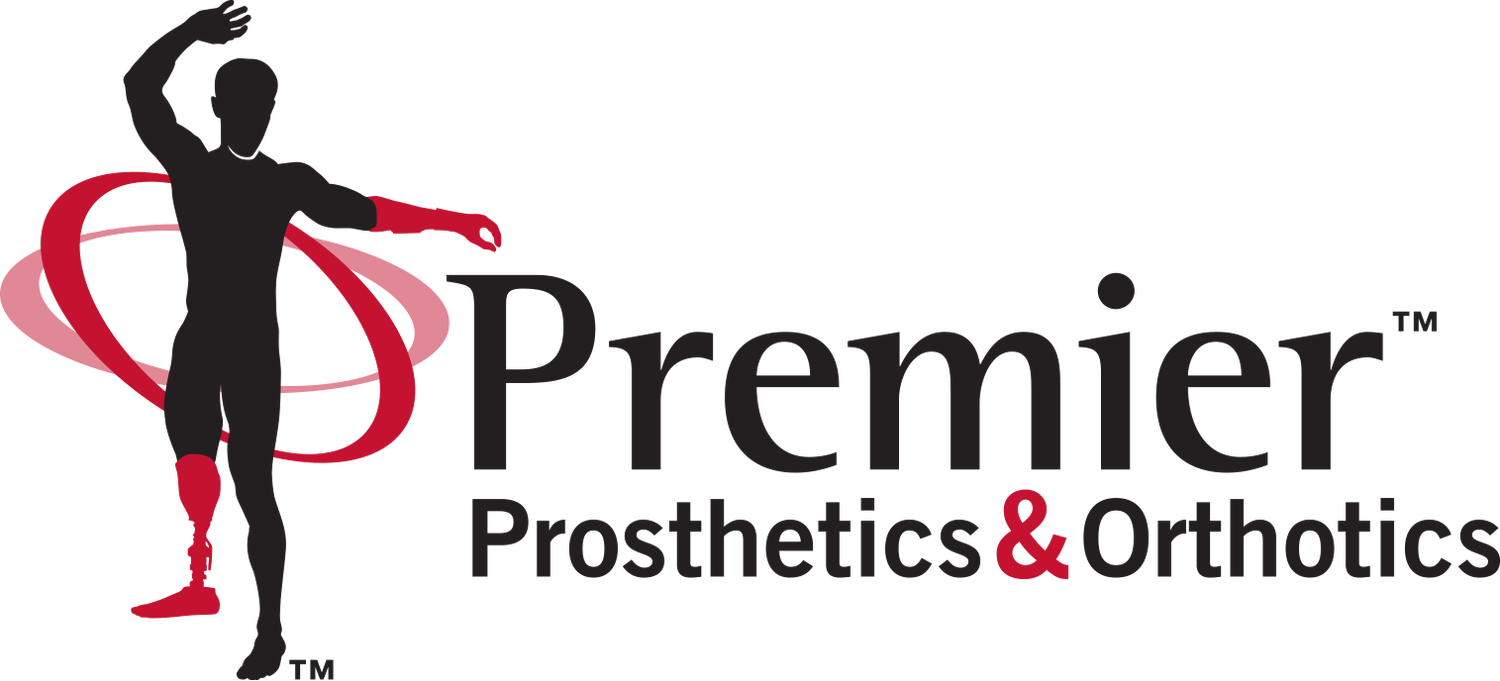
Education
TECHNOLOGY
What are K-Levels? K-Level determines the type of technology and components available to the patient. Medicare established K levels to assist physicians, prosthetists and physical/occupational therapists in quantification of need and the potential benefit of prosthetics devices for patients after lower limb amputation.
K- Levels: Who Decides?
Doctor: Writes the prescription, considers impact of other health conditions, refer as needed.
PT/OT’s: Documentation of prior/current level of function and any other aspects of this patient which may help or hinder use of prosthesis.
Prosthetist: Assess and treat the physical and functional limitations of people with limb amputations. Prosthetists are trained to prescribe, design, fit and monitor prostheses to meet the ability and life goals of the patient.
Factors to Consider for K-Level determination
– General health, comorbidities
– Weight
– Anticipated activity level and types of activities
– Payor source
– Motivation
– Cosmesis
– Residual limb factors: length/shape, scar, quality of skin, stability

Glossary of Terms
ABC: American Board of Certification in Orthotics & Prosthetics, Inc.
AK: Above the Knee Amputee
Amputation: The surgical removal of all or part of a limb or extremity such as an arm, let, foot, hand, toe, or finger
BK: Below the Knee Amputee
Casting: A plaster or fiberglass mold is created from the residual limb and used to create a replica of the limb
Check Socket: A socket made of clear plastic used to evaluate the fit of the socket design to the residual limb
CO (Certified Orthotist): Orthotist who has passed the certification standards of The American Board of Certification in Orthotics & Prosthetics, and maintains certification through mandatory continuing education program and adherence to the Canons of Ethical Conduct
Coinsurance: Your share of the costs of a covered health care service, calculated as a percentage (for example, 20%) of the allowed amount for the service. You pay coinsurance after you’ve met your deductible. For example, if the health insurance plan’s allowed amount for an office visit is $100 and you’ve met your deductible, your 20% coinsurance payment would be $20. The health insurance plan pays the rest.
CP (Certified Prosthetist): Prosthetist who has passed the certification standards of The American Board of Certification in Orthotics & Prosthetics, and maintains certification through mandatory continuing education program and adherence to the Canons of Ethical Conduct
CPO (Certified Prosthetist/Orthotist): Prosthetist/Orthotist who has passed the certification standards of The American Board of Certification in Orthotics & Prosthetics, and maintains certification through mandatory continuing education program and adherence to the Canons of Ethical Conduct.
Deductible: A deductible is the amount you have to pay out-of-pocket for expenses before the insurance company will cover the remaining costs
Definitive Prosthesis: The permanent prosthesis (usually provided after a preparatory/temporary) that is designed to last for several years
Doffing: Taking the orthosis or prosthesis off
Donning: Putting the orthosis or prosthesis on
Dystrophy: Pathologic loss of muscle mass
Fabrication: Procedure of mechanically creating a custom device
Flexible Inner Liner: Used as a cushion between the liner and socket
Functional Level: K-Levels are defined by Medicare based on an individual’s ability or potential to ambulate and navigate their environment
Gait: Walking
K-Levels: K-levels are a rating system used by Medicare to indicate a person’s rehabilitation potential. The system is a rating 0 through 4 and it indicates a person’s potential to use a prosthetic device if they had a device that worked well for them and completed rehabilitation to use the device properly.
K-Level: Does not have the ability or potential to ambulate or transfer safely with or without assistance and a prosthesis does not enhance their quality of life or mobility.
K-Level 1: Has the ability or potential to use a prosthesis for transfers or ambulation on level surfaces at fixed cadence. Typical of the limited and unlimited household ambulatory.
K-Level 2: Has the ability or potential for ambulation with the ability to traverse low level environmental barriers such as curbs, stairs or uneven surfaces. Typical of the limited community ambulatory.
K-Level 3: Has the ability or potential for ambulation with variable cadence. Typical of the community ambulator who has the ability to traverse most environmental barriers and may have vocational, therapeutic, or exercise activity that demands prosthetic utilization beyond simple locomotion.
K-Level 4: Has the ability or potential for prosthetic ambulation that exceeds basic ambulation skills, exhibiting high impact, stress, or energy levels. Typical of the prosthetic demands of the child, active adult, or athlete.
Liner: The gel or urethane material that provides cushion to the residual limb, helps protect the skin from irritation and breakdown.
Out of Pocket: The most you’ll have to pay for covered services in a policy period (usually one year). After you reach this amount, your health plan will pay 100% for covered essential health benefits.
Practitioner: Allied health professional who is specifically educated and clinically trained to manage the provision of comprehensive orthotic and prosthetic care (commonly used term to refer to orthotists and prosthetists).
Preparatory Device: An artificial limb that is designed, fabricated, and fitted soon after surgery; the prosthesis is worn as the residual limb is healing.
Prosthesis: Artificial medical device that is not surgically implanted which is used to replace a missing limb or appendage such as artificial limbs, hands, fingers, feet or toes. Note: This does not include devices, which do no have an impact on the musculoskeletal functions of the body (e.g., artificial eyes or appliances for the eyes, dental plates, and largely cosmetic devices such as wigs, artificial breasts, eyelashes, ears and noses).
Prosthetics: Science and practice of evaluating, measuring, designing, fabricating, assembling, fitting, adjusting, or servicing prosthesis under an order from a licensed physician.
Prosthetic Components: The parts that make up the artificial limb. For example: foot, ankle, socket, pylon, etc.
Pylon: Pipe-like structure used to connect the prosthetic socket to the foot/ankle components.
Rehabilitation: Process of restoring a person who has been debilitated by a disease or injury to a functional life.
Residual Limb: Remaining portion of the limb after amputation
Shrinker: An elastic material that applies controlled compression to help provide pain relief and reduce swelling
Socks: The sock is knitted to fit the shape of the residual limb worn inside the socket that helps to reduce the friction between the residual limb and the socket and replaces lost volume in the socket due to shrinking of the residual limb. Socks can come in multiple ply.
Socket: The portion of the prosthesis that is in contact with the residual limb
Technician: Assists the CO, CP, or CPO during the fabrication process
Transfemoral: A type of amputation that occurs above the knee
Transhumeral: A type of amputation that occurs above the elbow
Transradial: A type of amputation that occurs at the forearm
Transtibial: A type of amputation that occurs below the knee
The Prosthetic Process
Our initial evaluation process includes one-on-one discussions with the patient to understand the patient desires, motivators, and medical needs. The patient’s outlook about being fitted for a prosthesis is a very important part of the recovery process. All patients will have their own unique prosthesis process depending on how the loss of limb occurred; therefore our team strives to personalize the evaluation process.
Our patients range from those who wish to accomplish household chores to those who want to compete in marathons. We often consult with our patients on multiple occasions to maintain clear communication. Developing a close professional relationship with our patients is vital to ensure the proper treatment plan and goals are achieved.
By working with one of our ABC Certified practitioners, we are confident that our patients will receive the right prosthetic device that meets their individual needs.
The process can be different for each patient depending on their amputation, activity level, type of insurance, and compliance.
Manufacturing a new prosthesis does involve a number of steps, and Premier Prosthetics has created a process with steps and descriptions for our patients:
Step 1: Measurements
To ensure proper fit, a practitioner will measure your residual limb. Our team uses plasters or fiber glass to complete this intimate measurement.
Step 2: Individual Needs and Goals
Communicating and working together, our practitioner and patient will discuss the patient’s wants, needs, and goals to ensure the prosthetic leg will support their lifestyle.
Step 3: Casting and Check Socket
The practitioner will cast the residual limb of the patient, and use this molding to create a diagnostic socket. This socket is transparent and allows our team to review the fit and make adjustments. This process occurs to ensure optimal fit.
Step 4: Assembly of Prosthetic
The practitioner and technician work together to fabricate the prosthetic leg correctly. This may require ordering parts from outside manufacturing companies.
Step 5: Delivery
Once a patient is able to wear their new prosthesis, adjustments and follow-up appointments do occur. Once again to ensure proper fit and function, our team will work with the patient.


